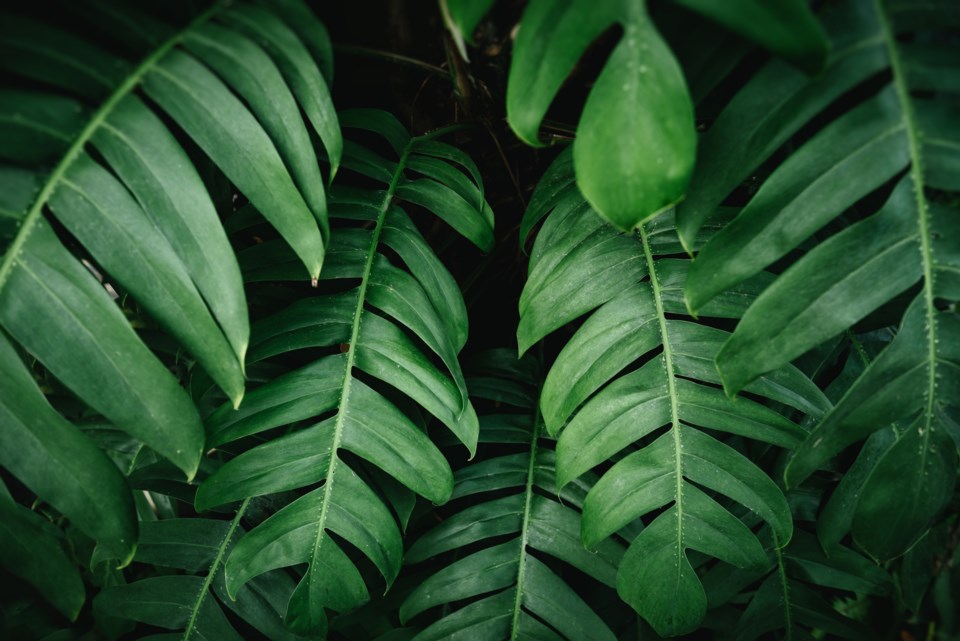It’s five o'clock on a summer morning in Winnipeg. Our research team is unloading a series of small traps from the trunk of our car, which is parked on a residential road. Using a stick, we slather peanut butter from a huge jar into each trap as bait and quietly sneak into the yards we’ve been given permission to enter, placing the traps in suitable locations.
A dogwalker gives us a suspicious glance as they walk by. Traps now set and open, we wait. This effort is to investigate how animals respond to urbanization and .
Urban nature
Urban ecology and evolution are still relatively new fields of study — for a long time, researchers preferred to study nature in remote locations farther away from human influence. But a growing number of scientists are now studying the and of animals and plants found in our own backyards, reflecting a realization that cities are important ecosystems where plants, animals, humans and other organisms coexist.
Yet these cities are challenging places for wildlife and plants. Cities are , and . The numerous buildings, cars, pets and, of course, people going about their business to the species that increasingly share our living quarters.
The remaining natural vegetation is also altered in cities. For example, interest in that aren’t found in nearby natural areas. These complex and intertwining environmental modifications can make finding food, a suitable mate or a safe shelter challenging for most animals, and make it difficult for native species of plants to thrive in cities.
What does it take to thrive?
So, what enables some species to succeed in city living, where other species fail? One of the most important qualities in urban animals is their ability to change their behaviour, coming up with innovative ways to socialize, avoid dangers or cope with challenging urban environmental conditions.
For example, in Kamloops, B.C. Urban coyotes in Edmonton. And to cool off on hot days in Phoenix, Ariz.
We also see evidence of rapid evolution in cities, where the genetic material of a population is changing. Urban water fleas, for example, and can than rural water fleas. Anolis lizards in Puerto Rico have , traits that may help individuals better cling to smooth urban surfaces like glass, metal or painted concrete.
Urban clover
Recently, researchers wanted to know just how widespread these kinds of rapid evolutionary changes are across our cities. — led by University of Toronto scientists and including team members from both my former University of Manitoba lab, and my — teamed up to answer this question using the humble clover plant.
The Global Urban Evolution project (or GLUE) underscores to advance our understanding of the natural world, and evolutionary ecology in particular.
Clover is ubiquitous in cities across the world so researchers visited parks, lawns and roadsides to collect samples from 160 cities and surrounding areas on five continents (gathering a few more suspicious glances from dogwalkers along the way). Considered among “,” results suggest clover populations are indeed .
As the GLUE project shows, research undertaken in cities . This knowledge can also help us protect declining species, which is critical as we face the dual challenges of biodiversity loss and climate change.
If urban species are evolving, and seemingly before our very eyes, that means . Understanding how species are changing over time can help us to better plan and manage for greener, more biodiverse cities. This, in turn, has important implications for the well-being of the 55 per cent of the world’s human population who call an urban area home.
Studying an urbanizing world
Back in Winnipeg, a trap in a nearby yard is rattling. A tiny red squirrel has found the peanut butter breakfast and is now full — and also stuck. It’s time for me to get to work. I weigh and measure the squirrel, and then mark it for future identification. Ultimately, this work will tell us how squirrels alter their activity in cities, for example by waking up earlier compared to squirrels in more natural areas, .
So, the next time you notice someone catching squirrels in your neighbourhood, collecting clover on lawns or water fleas in city ponds, you might just be witnessing an urban evolutionary ecologist hard at work, trying to discover just what makes their favourite species successful at city living.
![]()
Riikka Kinnunen's PhD work was supported by a Natural Sciences and Engineering Research Council of Canada Discovery Grant and the University of Manitoba Graduate Fellowship and University of Manitoba Graduate Enhancement of Tri-Council Stipends funding grant.
Carly Ziter receives funding from the Natural Sciences and Engineering Research Council of Canada, The Social Sciences and Humanities Research Council of Canada, The Fonds de recherche du Québec – Nature et technologies, and Concordia University




